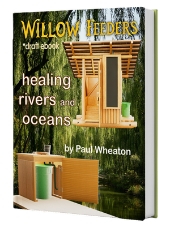






 22
22




How Permies works: https://permies.com/wiki/34193/permies-works-links-threads
My projects on Skye: The tree field, Growing and landracing, perennial polycultures, "Don't dream it - be it! "












 8
8




How Permies works: https://permies.com/wiki/34193/permies-works-links-threads
My projects on Skye: The tree field, Growing and landracing, perennial polycultures, "Don't dream it - be it! "












 5
5




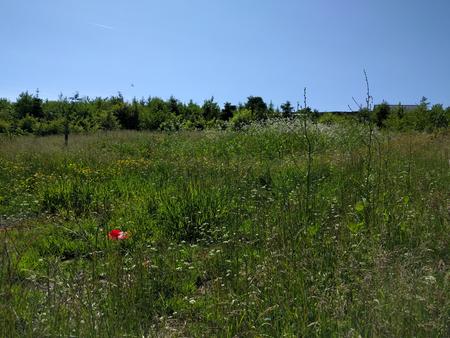
How Permies works: https://permies.com/wiki/34193/permies-works-links-threads
My projects on Skye: The tree field, Growing and landracing, perennial polycultures, "Don't dream it - be it! "
 5
5




Nancy Reading wrote:Lots of grass, pignut, sorrel, buttercups and narrowleaved plantain are thriving amongst the more useful plants I want to encourage
Nancy Reading wrote:Also, a warning to others who use cardboard for sheet mulch, I found several strands of tape that was presumably an 'easy open' tear here type device on some of the boxes I used. I thought I'd got it all out when putting the cardboard down, but obviously not. I know Paul dislikes the use of cardboard, and I must admit I'm going off it a bit, but I can't think of another material that does the job it does at a reasonable cost.
Small-holding, coppice and grassland management on a 16-acre site.












 4
4




I am incredibly envious that you have so much pignut that it feels like a nuisance! I've managed to cultivate a few, from the root fragments you sent me a few years back, and I'm hoping they will spread through our meadow. I have yet to try eating it (as I want to give it the best chance to establish) but I have heard such compelling things!
How Permies works: https://permies.com/wiki/34193/permies-works-links-threads
My projects on Skye: The tree field, Growing and landracing, perennial polycultures, "Don't dream it - be it! "
 7
7




f I were to describe the polyculture areas at the moment it would be "a mess"!












 10
10




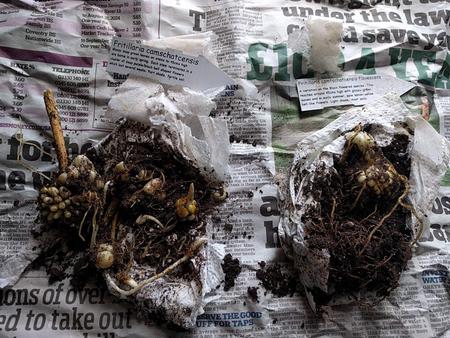
How Permies works: https://permies.com/wiki/34193/permies-works-links-threads
My projects on Skye: The tree field, Growing and landracing, perennial polycultures, "Don't dream it - be it! "












 12
12




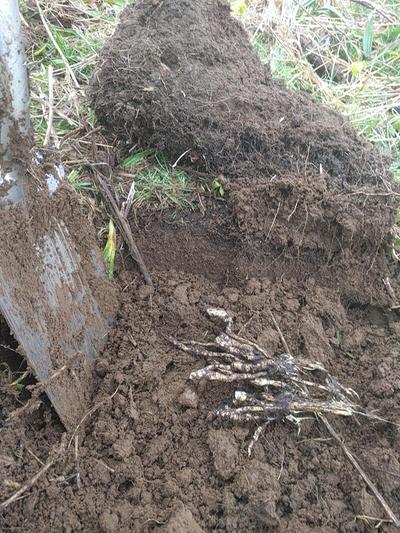
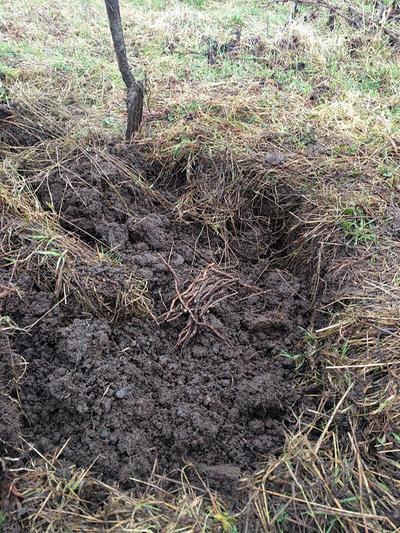
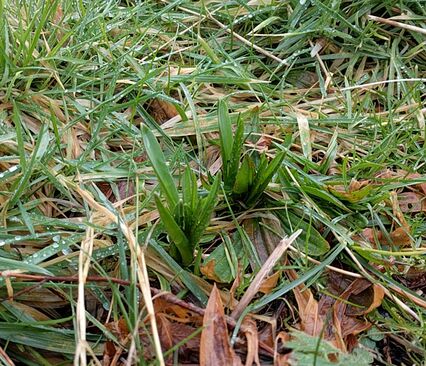
How Permies works: https://permies.com/wiki/34193/permies-works-links-threads
My projects on Skye: The tree field, Growing and landracing, perennial polycultures, "Don't dream it - be it! "
 11
11
















 11
11





....people tending the wild ecosystems to express themselves in a certain way with help, but the technique is just nature, and wherever there is some nature, there is the possibility for tending and caring for the wild plants there.
How Permies works: https://permies.com/wiki/34193/permies-works-links-threads
My projects on Skye: The tree field, Growing and landracing, perennial polycultures, "Don't dream it - be it! "
 8
8




Passionate advocate for living at a human scale and pace.
Help me grow the permaculture presence in Indiana https://permies.com/t/243107
Concise Guide to Permies' Publishing Standards: https://permies.com/wiki/220744












 7
7




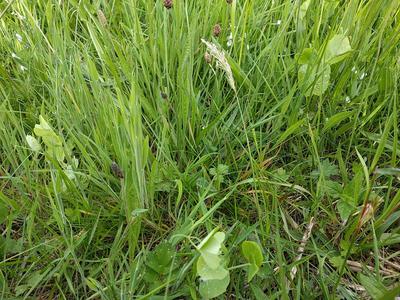
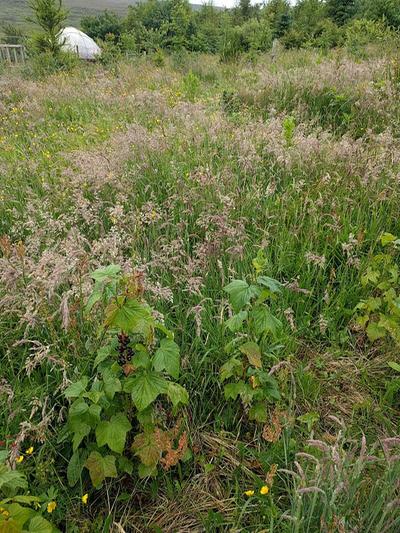
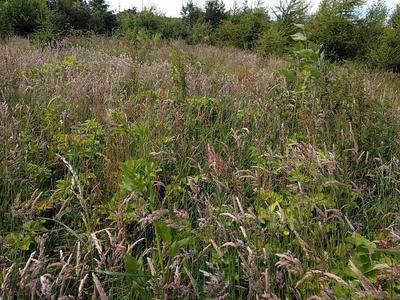
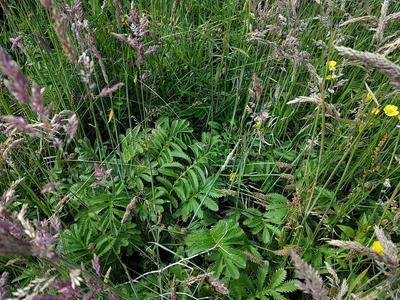


How Permies works: https://permies.com/wiki/34193/permies-works-links-threads
My projects on Skye: The tree field, Growing and landracing, perennial polycultures, "Don't dream it - be it! "












 7
7





How Permies works: https://permies.com/wiki/34193/permies-works-links-threads
My projects on Skye: The tree field, Growing and landracing, perennial polycultures, "Don't dream it - be it! "
 6
6




https://Permies.com/t/131224/donating-empire
https://Permies.com/t/267198/turnkey-permaculture-paradise-monies












 11
11




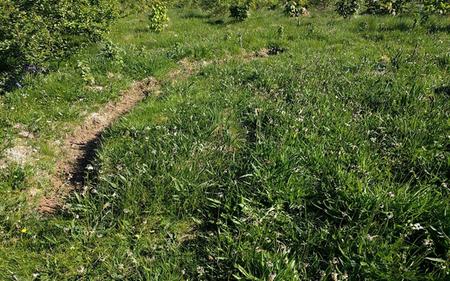
How Permies works: https://permies.com/wiki/34193/permies-works-links-threads
My projects on Skye: The tree field, Growing and landracing, perennial polycultures, "Don't dream it - be it! "
 9
9




 So I think you're doing very well-- and like you mentioned, it will definitely take time for "zones" or little patches to properly establish themselves. The more an area is allowed to fill out, the hardier they can be against invasive grasses, especially.
So I think you're doing very well-- and like you mentioned, it will definitely take time for "zones" or little patches to properly establish themselves. The more an area is allowed to fill out, the hardier they can be against invasive grasses, especially.












 4
4




How Permies works: https://permies.com/wiki/34193/permies-works-links-threads
My projects on Skye: The tree field, Growing and landracing, perennial polycultures, "Don't dream it - be it! "

|
That feels good. Thanks. Here's a tiny ad:
Learn Permaculture through a little hard work
https://wheaton-labs.com/bootcamp
|









